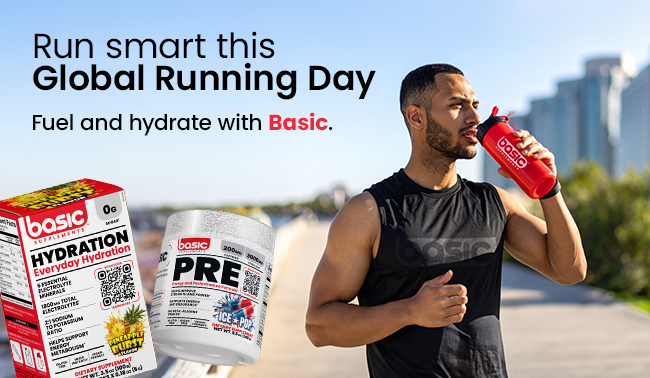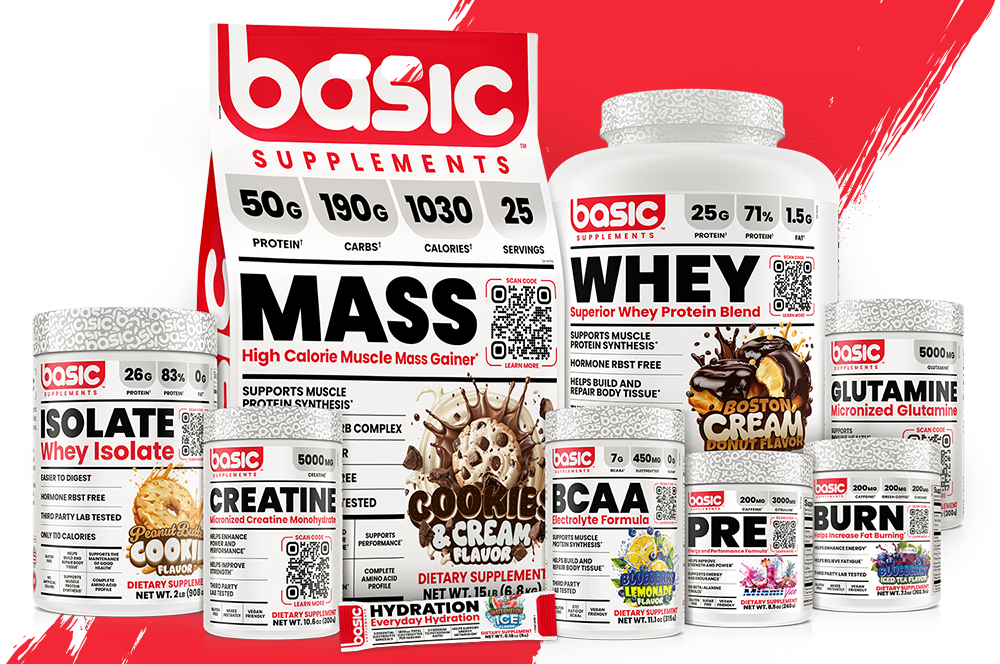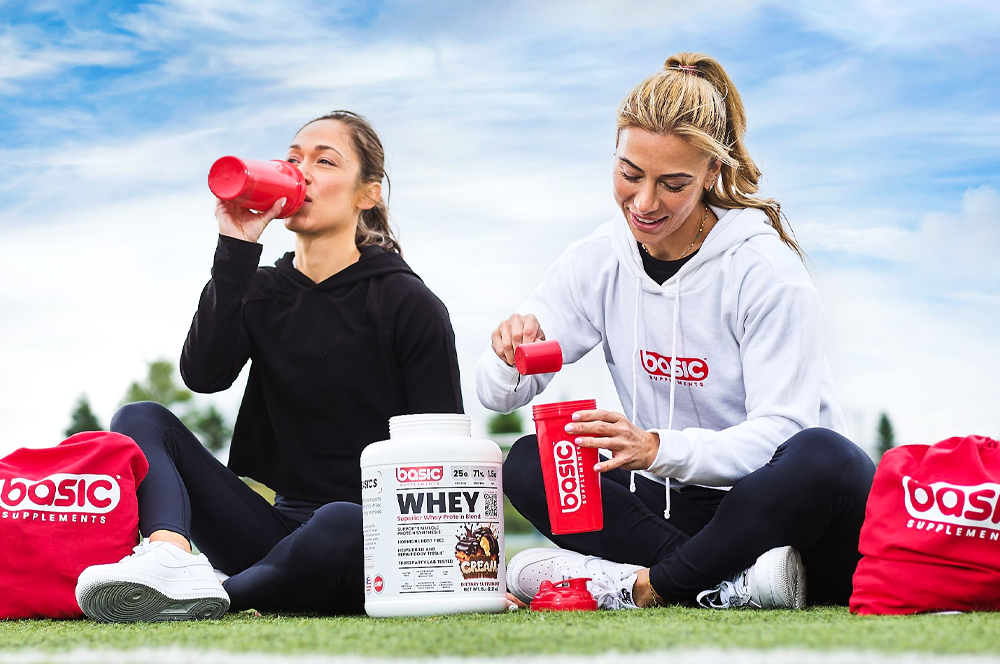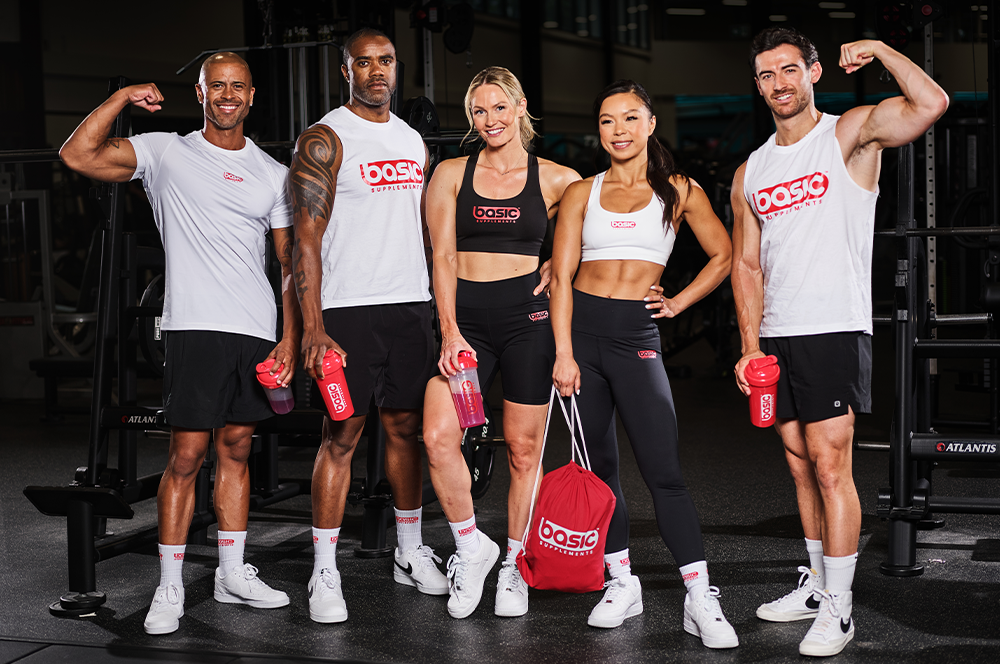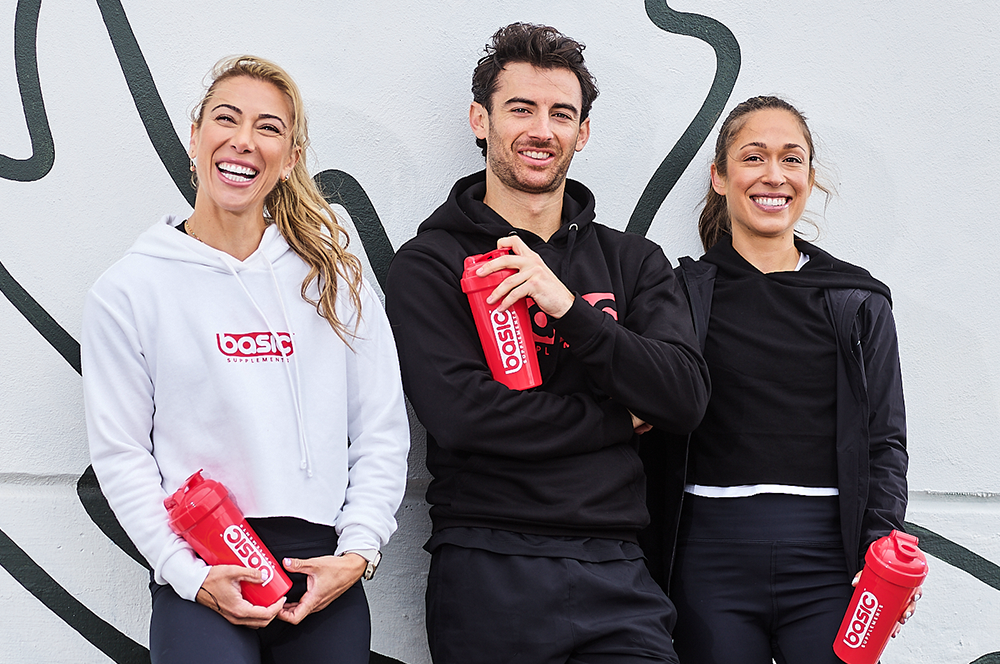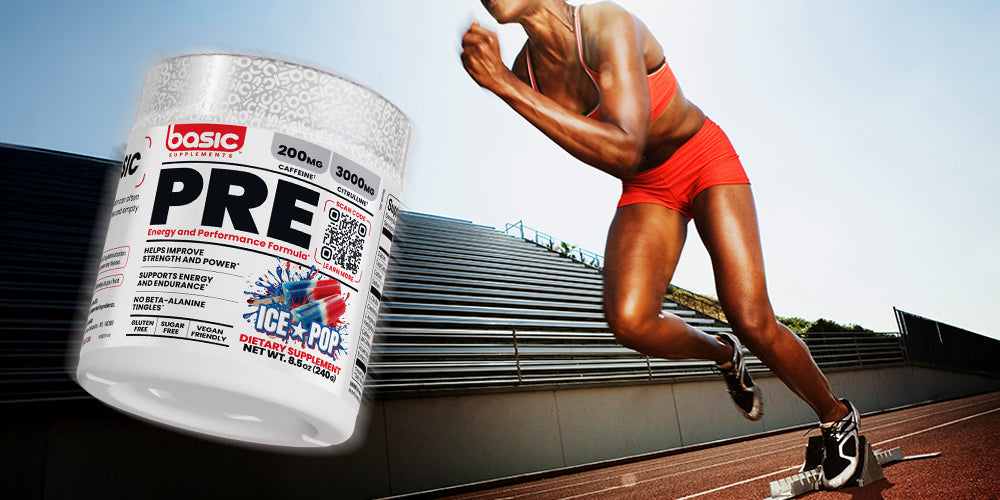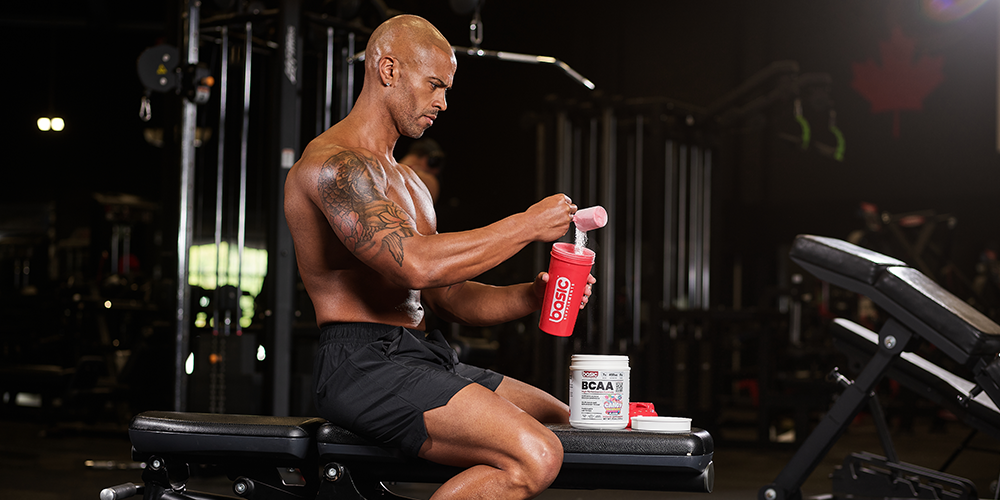When it comes to strength training, most people focus on lifting heavier weights, increasing muscle size, and improving endurance. However, an often-overlooked aspect of fitness is mobility and flexibility, which are critical for both performance and injury prevention.
Why Mobility Matters in Strength Training
Mobility refers to your ability to move a joint or series of joints through a full range of motion without restriction. In strength training, poor mobility can lead to improper form, which not only hinders performance but also increases the risk of injury. For example, if you lack hip mobility, your squat depth will be limited, reducing the effectiveness of the exercise. Similarly, tight shoulders can prevent you from achieving a full range of motion in overhead presses or bench presses, leading to muscular imbalances over time.
Key Benefits of Improving Mobility:
-
Better Performance: Mobility exercises help you perform strength training movements with better form and greater efficiency. This leads to more effective workouts and better strength gains over time.
-
Injury Prevention: By ensuring that your joints and muscles can move freely, mobility exercises reduce the risk of strain, sprain, or other injuries caused by limited range of motion.
-
Enhanced Recovery: Regular mobility work can help improve circulation, which reduces muscle stiffness and promotes faster recovery after strength training sessions.
-
Long-Term Health: Maintaining mobility as you age is crucial for overall health. It allows you to stay active, perform daily tasks with ease, and reduce the likelihood of joint pain or arthritis.
Incorporating Mobility Work into Your Routine
To improve mobility, it's important to include dynamic stretches and flexibility exercises both before and after your workouts. These exercises help activate muscles, increase circulation, and prepare your joints for the load they’ll handle during strength training.
Sample Pre-Workout Mobility Routine:
-
Dynamic Hip Stretch: Stand with your feet shoulder-width apart. Swing one leg forward and backward in a controlled motion to open up your hip flexors and hamstrings. Repeat for 15 reps on each leg.
-
Arm Circles: Extend your arms to the side and make small, controlled circles. Gradually increase the size of the circles to improve shoulder mobility. Perform 10 forward and 10 backward circles.
-
Thoracic Spine Rotation: Get into a quadruped (all-fours) position. Place one hand behind your head and rotate your upper body to bring your elbow toward the ceiling, then return to the starting position. Repeat for 10 reps on each side.
-
Ankle Circles: While sitting or standing, rotate your ankles in circles to warm up your lower body and improve ankle mobility. Perform 10 circles in each direction on both feet.
Post-Workout Flexibility Routine:
-
Hip Flexor Stretch: Step one foot forward into a lunge position. Lower your hips until you feel a stretch in the front of your hip on the back leg. Hold for 30 seconds, then switch legs.
-
Hamstring Stretch: Sit on the floor with one leg extended straight and the other bent. Reach for your extended leg and hold for 30 seconds, then switch sides.
-
Chest Stretch: Place your hands behind your back and interlace your fingers. Lift your arms as you open your chest. Hold for 30 seconds.
By consistently incorporating mobility and flexibility exercises into your routine, you’ll be able to lift more effectively, reduce muscle tightness, and prevent injuries, allowing you to train harder and longer.
Supplement Sidebar: BASIC Glutamine
BASIC Glutamine is essential for muscle recovery, particularly after mobility and flexibility exercises that stretch and activate different muscle groups. Glutamine helps reduce muscle soreness, improves recovery time, and supports your immune system—ensuring that your body is ready for your next strength training session.
-
Benefits: Reduces muscle soreness, promotes faster recovery, and supports immune function.
-
Recommended Use: Mix one scoop with water or your post-workout shake to enhance recovery after mobility and flexibility exercises.
While strength training helps build muscle and power, maintaining or improving mobility ensures that you can move through exercises with proper form and full range of motion, ultimately leading to better results.
